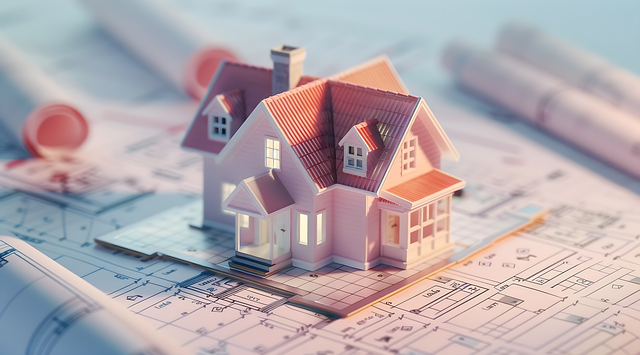
Home renovations can breathe new life into a property—fresh paint, modern finishes, and upgraded systems can make a home feel brand new. But what many homeowners don’t realize is that certain renovation activities can also affect the quality of the air inside your home, and in some cases, even alter radon levels. Understanding these potential effects before you begin a project can help protect both your investment and your family’s health.
The Hidden Side of Renovation Dust and Debris
Even small-scale renovations can stir up dust, debris, and other airborne contaminants that were previously settled or sealed away. Removing drywall, flooring, or old insulation can release particles containing silica, asbestos (in older homes), or formaldehyde from past building materials. Without proper containment and ventilation, these particles can linger in the air long after the work is complete, irritating your lungs and lowering overall indoor air quality.
Additionally, painting, staining, or installing new cabinetry often introduces volatile organic compounds (VOCs) into the home’s air. VOCs are gases emitted from certain materials and products, and they can cause headaches, dizziness, or longer-term health effects with prolonged exposure. Choosing low-VOC or no-VOC materials and maintaining good airflow during and after the renovation can make a significant difference.
How Renovations Can Change Radon Levels
Radon—a naturally occurring radioactive gas that seeps from the soil into homes—can also be affected by renovation work. This invisible, odorless gas is the second leading cause of lung cancer in the U.S., and its levels can fluctuate when the balance of air pressure or foundation integrity changes.
Adding rooms, finishing basements, replacing flooring, or sealing cracks can all shift how air moves through the structure. For example, installing tighter windows and doors or upgrading insulation can make your home more energy-efficient but may also reduce natural ventilation, trapping radon indoors. Conversely, opening up new penetrations in the foundation or adding sump pits can create new pathways for radon entry.
Practical Steps to Protect Indoor Air Quality
-
Test for Radon Before and After Renovations:
If your project involves the foundation, basement, or ground-level changes, it’s a smart idea to test radon levels both before and after the work. -
Use Containment and Ventilation:
Seal off work areas with plastic sheeting and run exhaust fans to direct dust and fumes outdoors. -
Choose Safer Materials:
Opt for low-VOC paints, adhesives, and finishes to minimize chemical emissions. -
Schedule Post-Project Cleaning and Filter Replacement:
Deep-clean all surfaces and replace HVAC filters once construction dust settles.
Renovations can certainly make a home more beautiful and functional—but they can also change the way air moves and what’s in it. Taking a proactive approach to air quality and radon control ensures that your improvements enhance not only your home’s appearance but also its long-term livability and safety.

Recent Comments